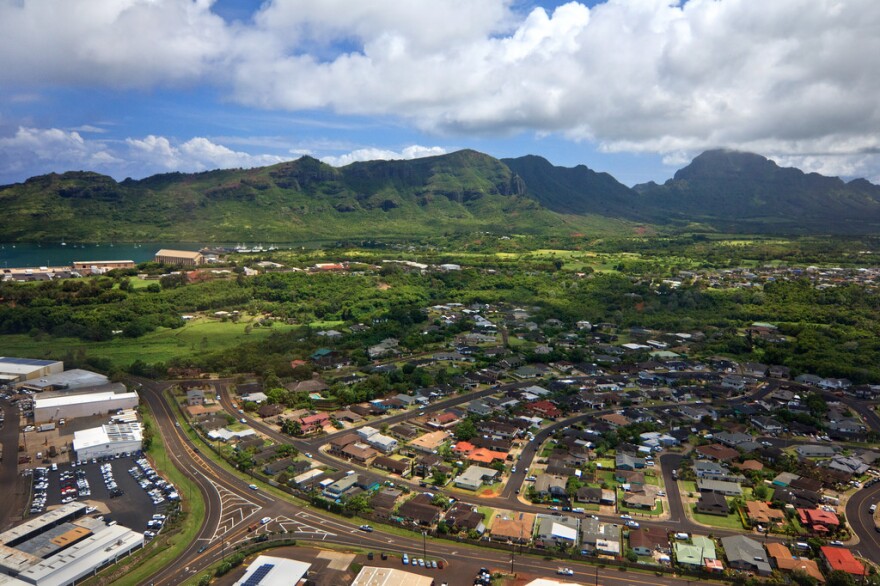The County of Kaua’i generates an estimated $26 million in general excise tax used for projects like island-wide road resurfacing.
A new audit found that the county does not have the experienced staff or procedures in place at its Public Works Roads Division to get the job done effectively, despite its higher-than-past lane resurfacing output.
“There were no policies or standard operating procedures that covered other duties that roads does, including contractor oversight or project tracking, maintenance and repair performed by its in-house crews or complaint handling,” Spire Hawai’i LLP’s Tyler Kimura said during a Wednesday Kaua’i County Council meeting.
The county enlisted Spire to audit the roads division and its ability to perform GET projects back in 2019 after the county opted into GET. This audit acts as a sort of follow-up to a 2012 audit, which sought to better organize road resurfacing for the island.
Auditors say the division doesn’t have qualified employees in management roles, which is an issue the county has had in trying to fill top public servant positions, with talent going to private firms instead.
“It was more the experience, expertise necessary to oversee the duties that roads personnel had to oversee, such as project management, engineering backgrounds,” Kimura said. “We understand that there was just general difficulties in finding and holding on to qualified personnel with those backgrounds.”
The county agreed with the auditor’s recommendations for better budgeting and project monitoring, and many of the staffing issues are awaiting formal implementation.
Within this current fiscal year, the budget calls to move some engineering responsibilities away from the Roads Division and to the Department of Public Works Engineering Division.
“I think as this being pointed out, there are needs for us administratively to still stand up because we're now dealing with tens of millions of dollars in revenue whereas before we were dealing with a million bucks here and a million dollars there,” County Managing Director Michael Dahilig said.
But, as the audit states, the issues have not stopped the division from paving. According to the audit, between 2000 to 2005, the county resurfaced about 12.8 miles per year. From 2017 to 2019, the county resurfaced about 35 miles, though, at a higher cost.
During the pandemic, the county doubled-down efforts to fulfill deferred maintenance projects and repave roadways.
“It was very clear to us that one of the things that would help, at least stimulate the economy, was making sure that we got out as much construction as possible during that period,” Dahilig said. “Given the amount of money that was coming in for a GET, it seems to be a logical indicator for us to ensure that whatever we did, the contracts for road resurfacing continue to be pumped out at the budgeted amounts to make sure that we are getting every dollar possible into circulating into our economy.”
And to better manage and track its work, the county has begun using a new roads management software.
“We have started to instill that discipline with our road staff to take a look at what they're doing,” Dahilig said. “I think it's one thing to get the data, but it's another thing to also put it in context.”
Before the county was receiving the GET, it allocated projects with way less funding, usually around $1 million for island-wide projects that would accumulate over time.
“Look at Koloa, Maluhia Road. That's over $20 million projects that we would have never been able to do with $2 million,” Council Chair Arryl Kaneshiro said. “We'd have to wait like 10 years to even try to do something like that. But with this general excise tax coming in, we're able to tackle those huge roads.”
Auditors said assessments of the county's engineering and transportation agency would be needed to fully assess if GET proceeds are being spent efficiently.






